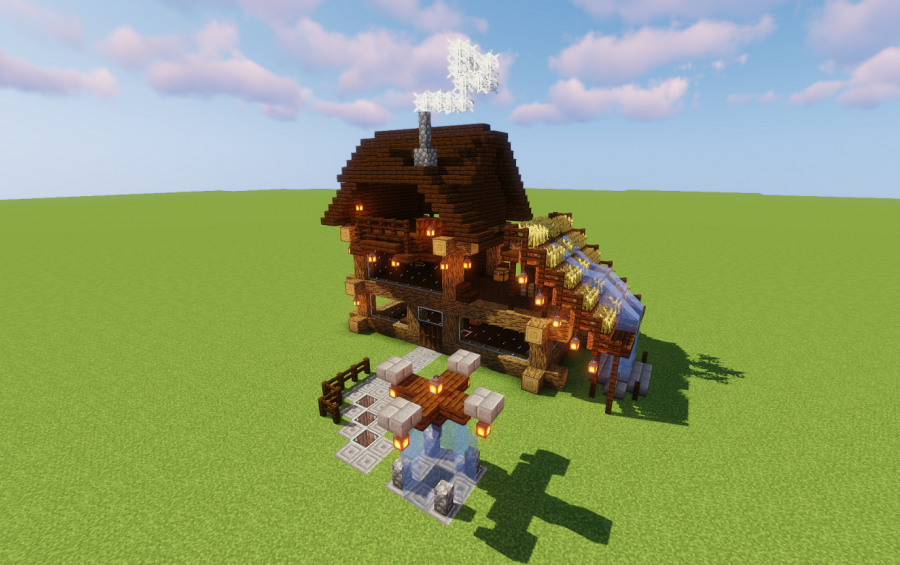

Step 4 (optional): Load your model into your Minecraft world (A word of caution: 100 Minecraft blocks is a lot bigger that you might think remember that in Minecraft your own character is only one block wide and two blocks tall…)

Now is your chance to use it! After selecting this option you’ll have to decide how many millimeters will correspond to one Minecraft block in your model. schematic fileīelieve it or not, Tinkercad has a “Download for Minecraft” option right in their drop-down Design menu.

stl file into Tinkercad: Step 3: Export from Tinkercad as a “voxelized”. Use the Import tool in the right-column menu to bring your chosen. (If you don’t already have a free Tinkercad account, get one now for a reference on using Tinkercad, see the Jumpstart resource page on Tinkercad on Thingiverse. You’ll want to pick something that will still be recognizable and functional after being block-ified. Step 1: Download a 3D model from ThingiverseĬhoose anything you like from Thingiverse! But… choose carefully. schematic file, then Minecraft to play around and repair if necessary, and finally Printcraft to export the new “blockified” file as an. stl file, then Tinkercad to convert that file to a “blockified”. Our method is to use Thingiverse to find a starter. The Stanford bunny is a classic test model, and here we use phooky’s Stanford bunny model to test out a method of producing low-voxel designs.ĭownload the STL files from Thingiverse: When you’re done printing the bunnies, see the tutorial below to learn how to convert anything on Thingiverse into a low-voxel model. Move over low-poly, it’s time to go low-voxel!


 0 kommentar(er)
0 kommentar(er)
